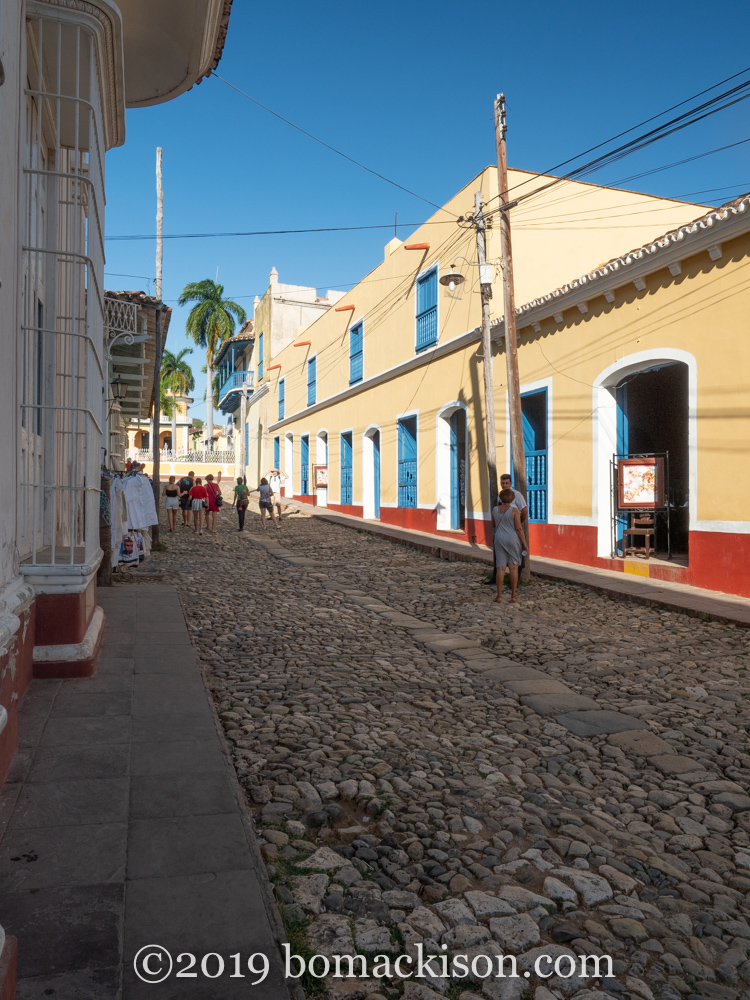
Cod Tramadol Online Walking along old cobblestone streets and alleyways in Trinidad, past the tile-roofed and pastel-colored buildings. A UNESCO World Heritage Site.
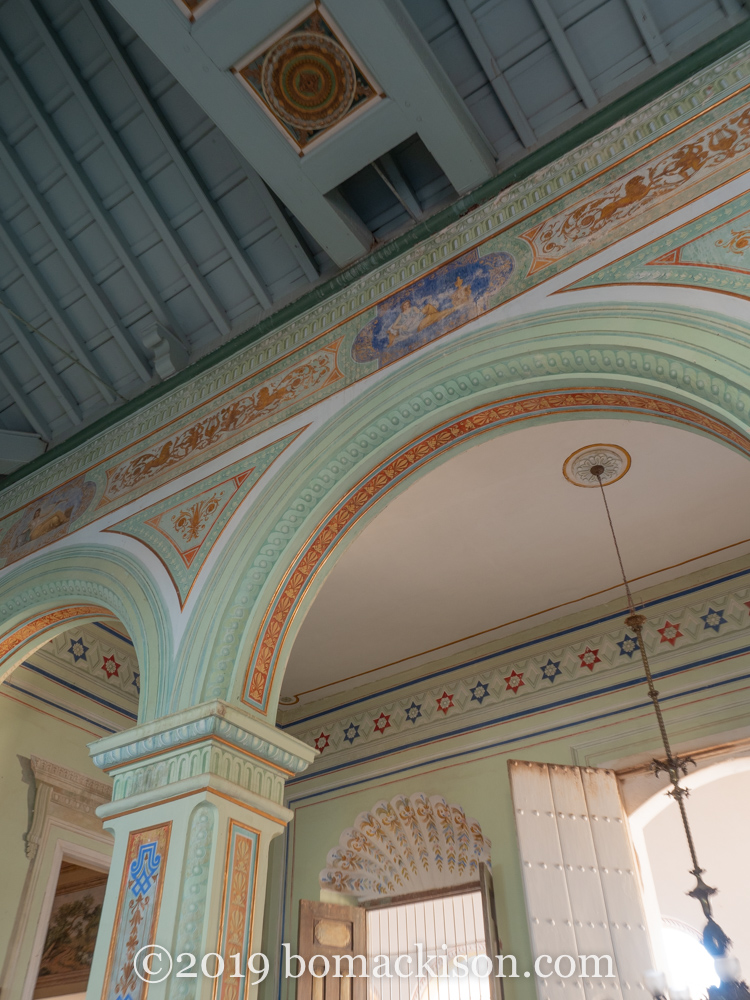
Interior of Museum 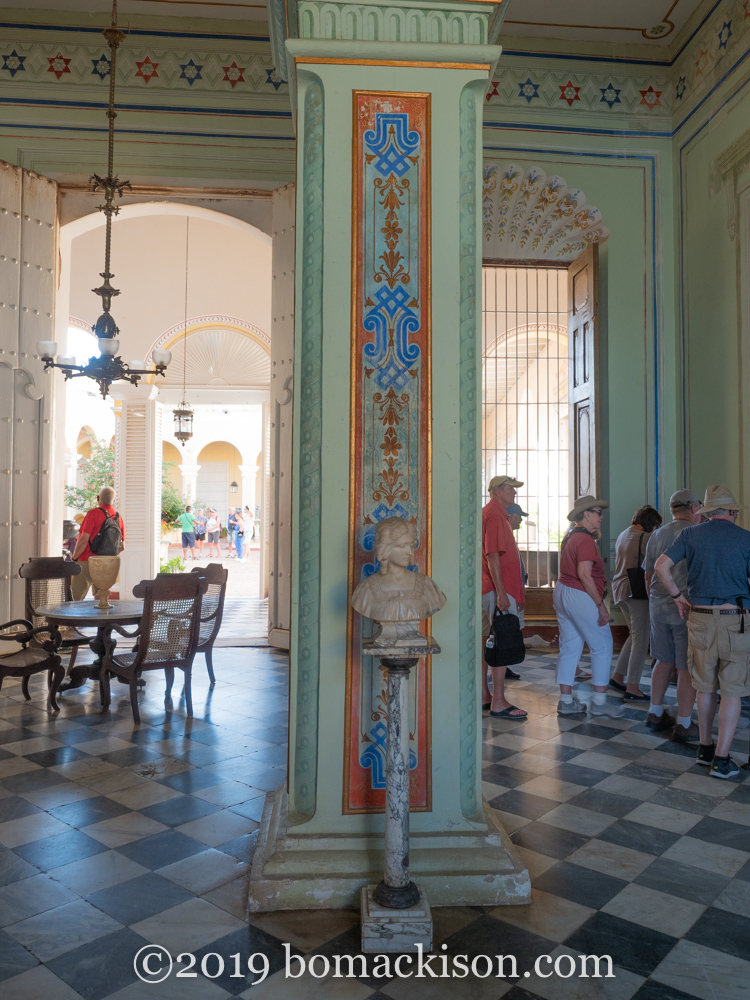
Portico in Museum
https://drcarlosarzabe.com/dr-carlos-arzabe/ Museo de Historia Municipal.
https://www.circologhislandi.net/en/conferenze/ Trinidad’s main museum, this once grand mansion is only steps from Plaza Mayor. It belonged to the Borrell family from 1827 to 1830 and then was owned by to a German sugar baron named Kanter. Though in poor condition, it gives a glimpse of the once highly decorated style.
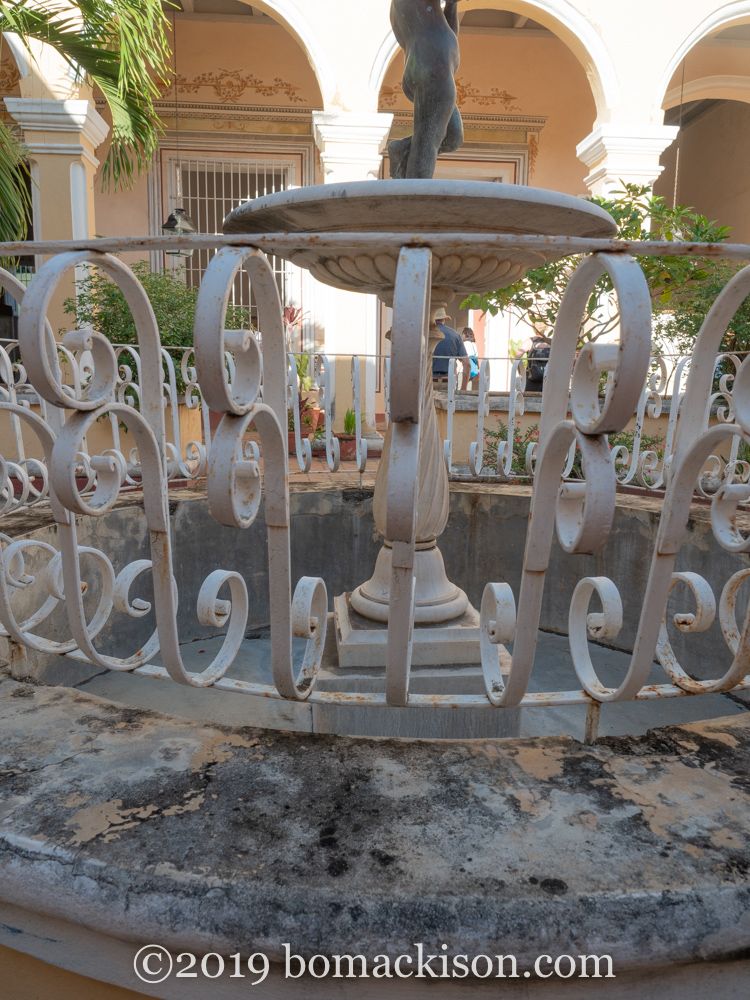
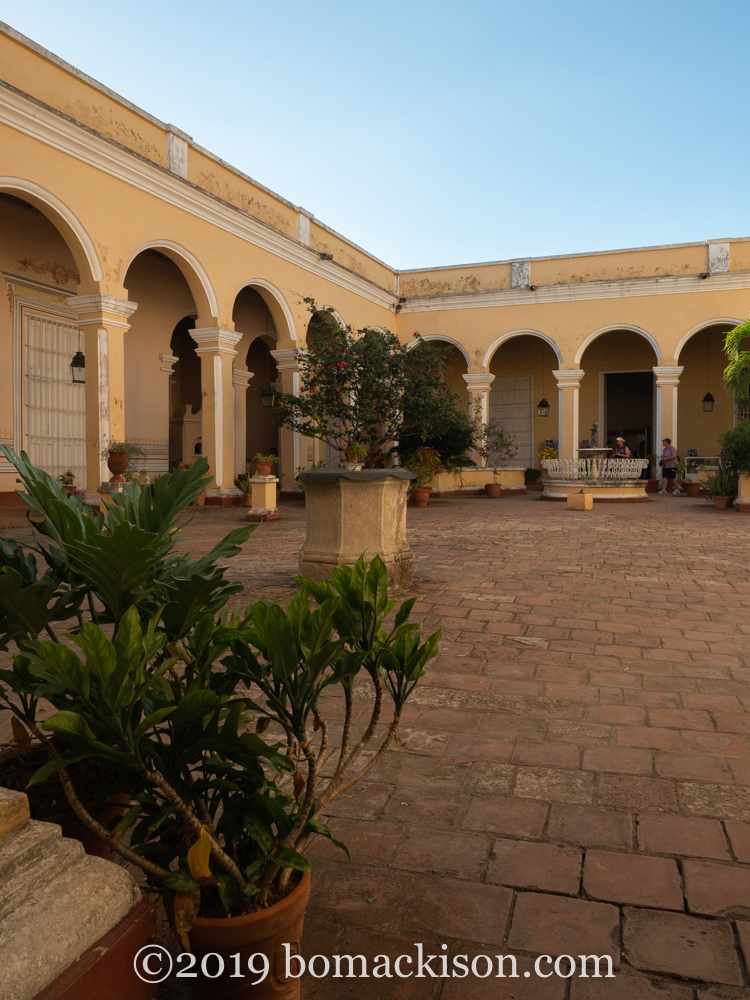
Courtyard 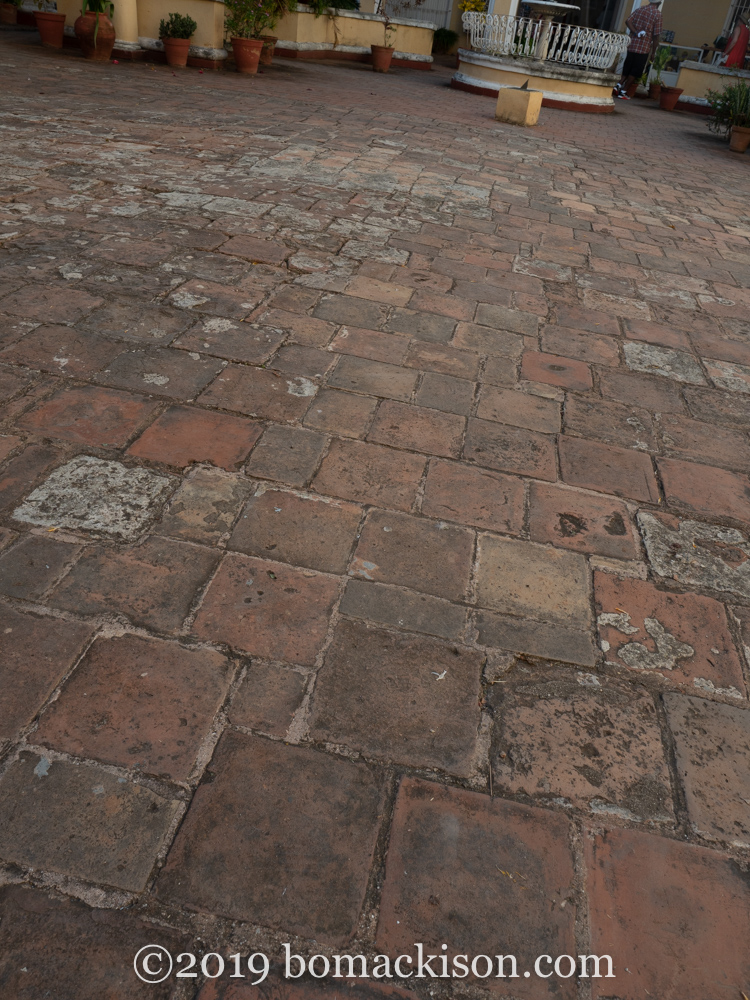
Courtyard
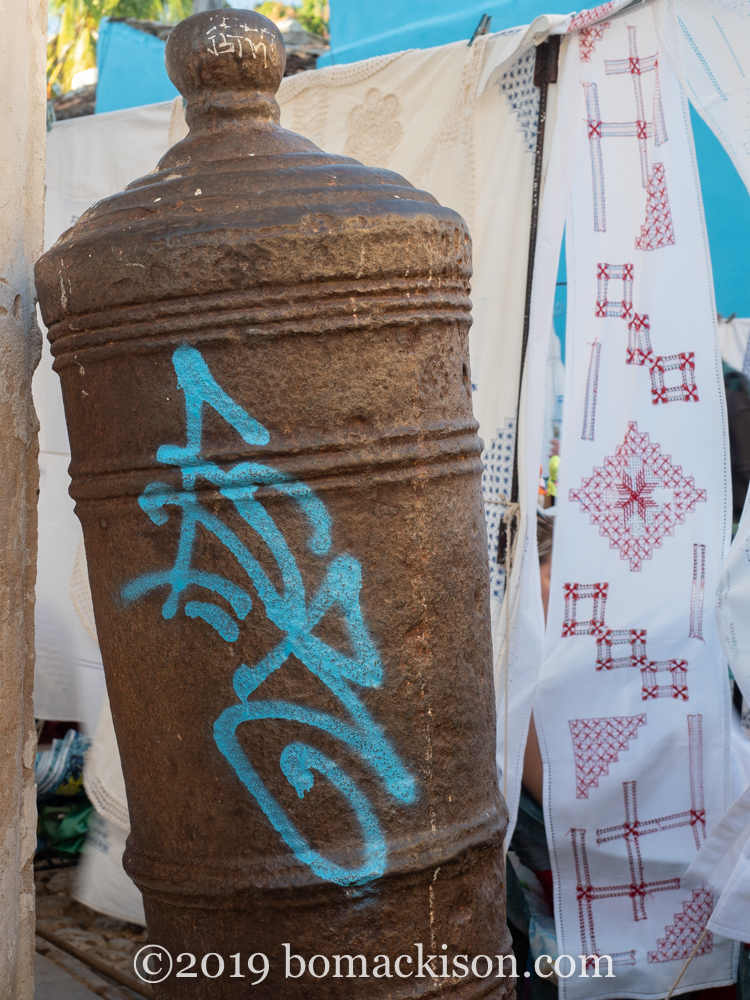
http://economiacircularverde.com/que-es-la-economia-circular/ Large posts are set at the corners of many of the buildings as protection from passing vehicles. A bit of graffiti on the post; hand created tablecloths blowing in the background.
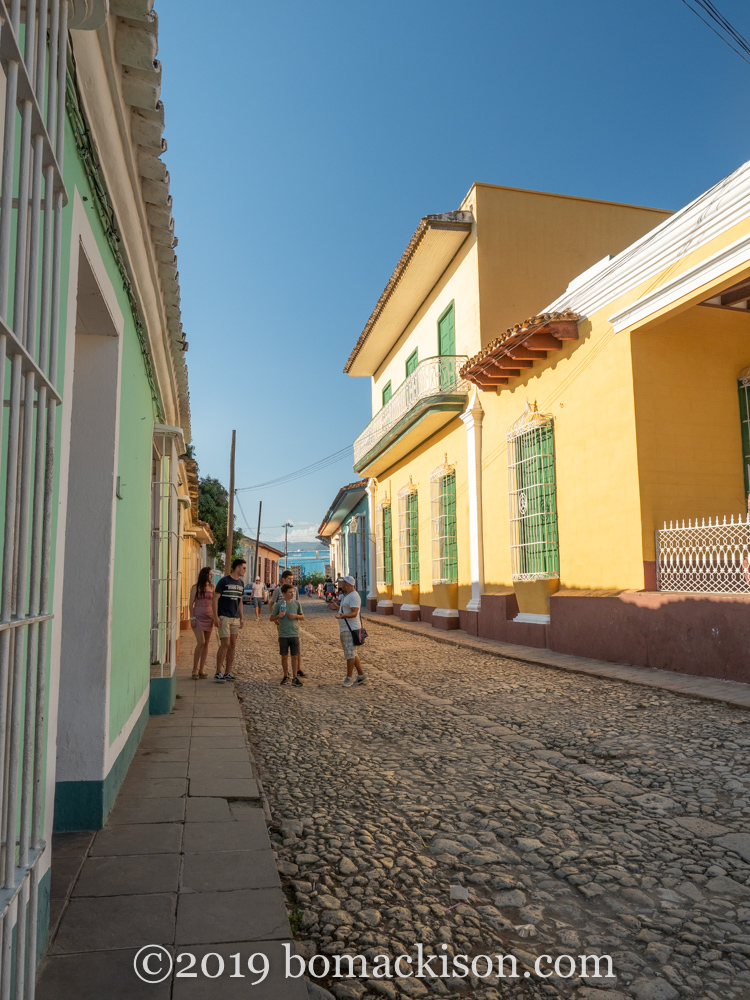
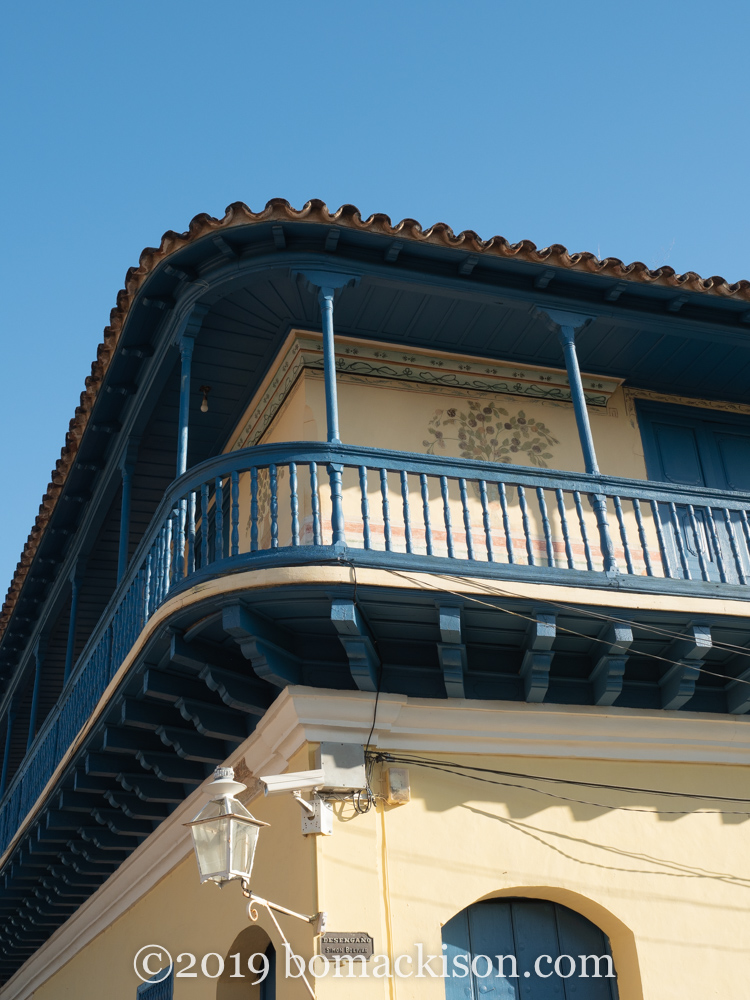
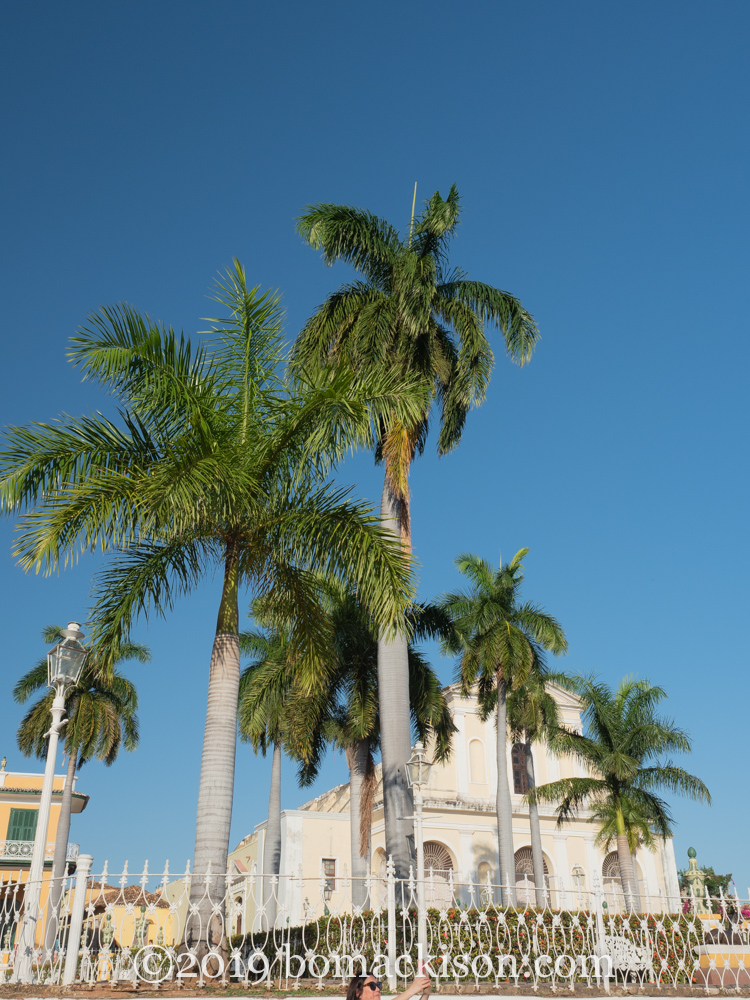
Purchase Tramadol Without Prescription
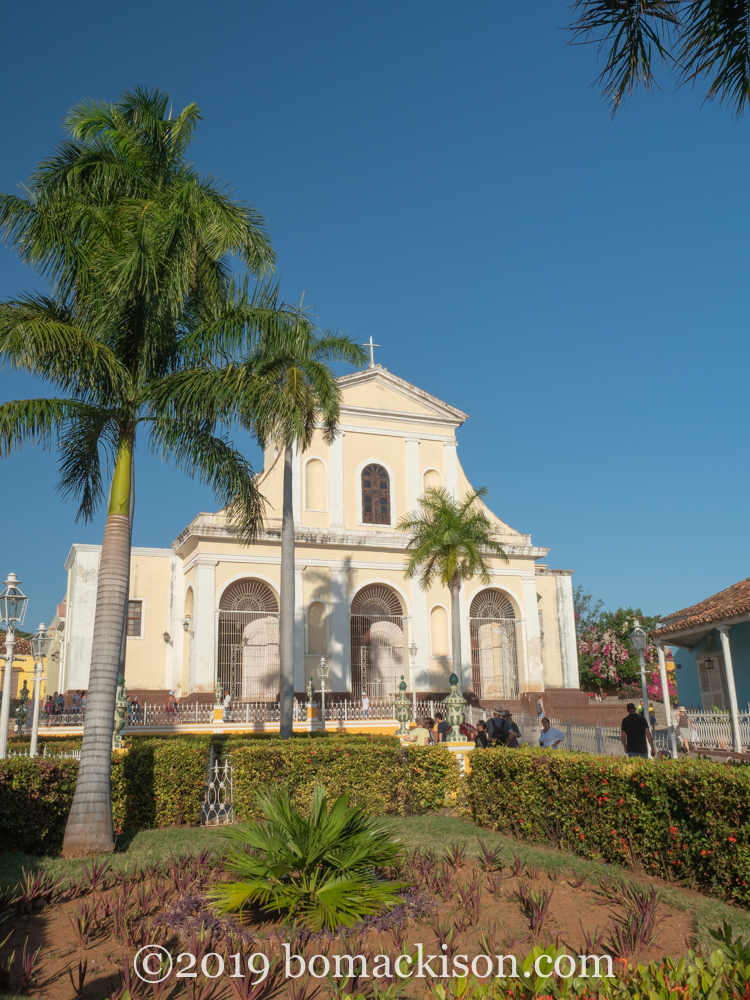
This church on the northeastern side of Plaza Mayor is a popular stop, but it was closed when we visited on a Sunday afternoon. Rebuilt in 1892 on the site of a church destroyed in a storm, it houses artifacts dating to the 18th century,
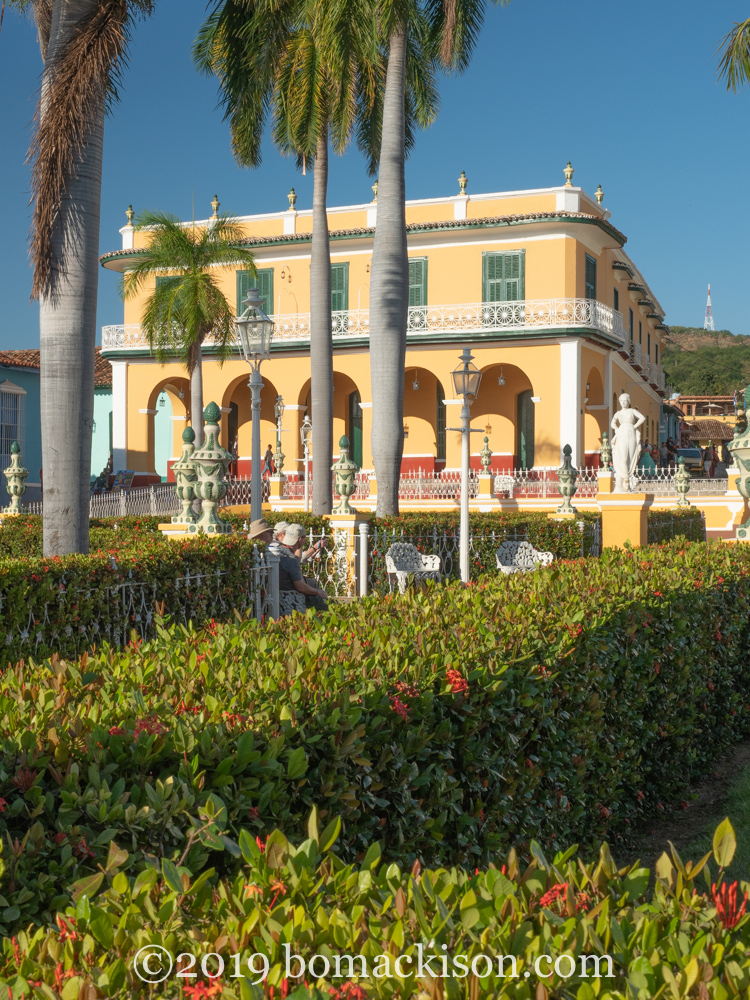
This architecture museum showcases the upper-class domestic architecture of the 18th and 19th centuries. Housed in buildings erected in 1738 and 1785, the two homes were connected in 1819. Once the residence of the wealthy Iznaga family, it has displays of some family heirlooms.
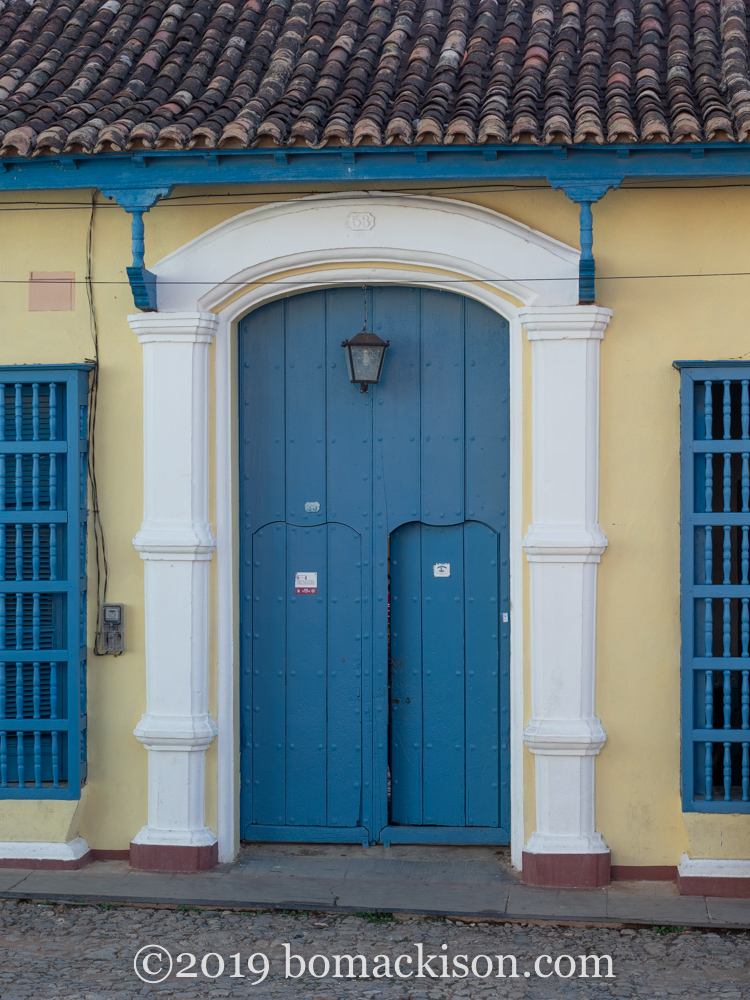
Door of Trinidad 1 ©2019 Bo Mackison 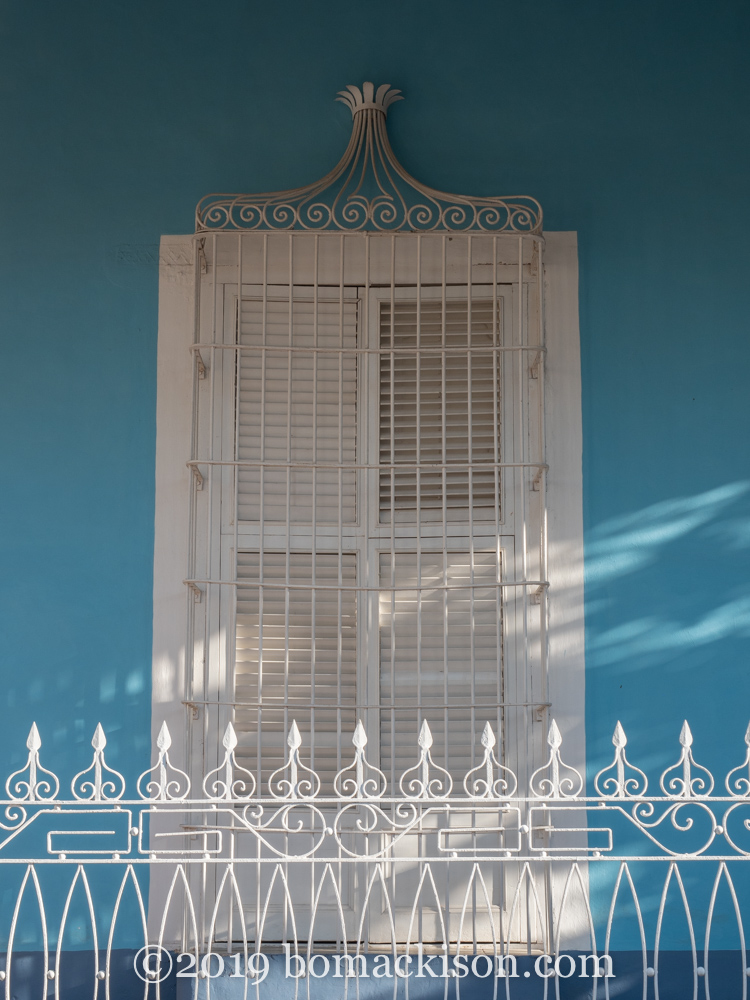
Door of Trinidad II ©2019 Bo Mackison

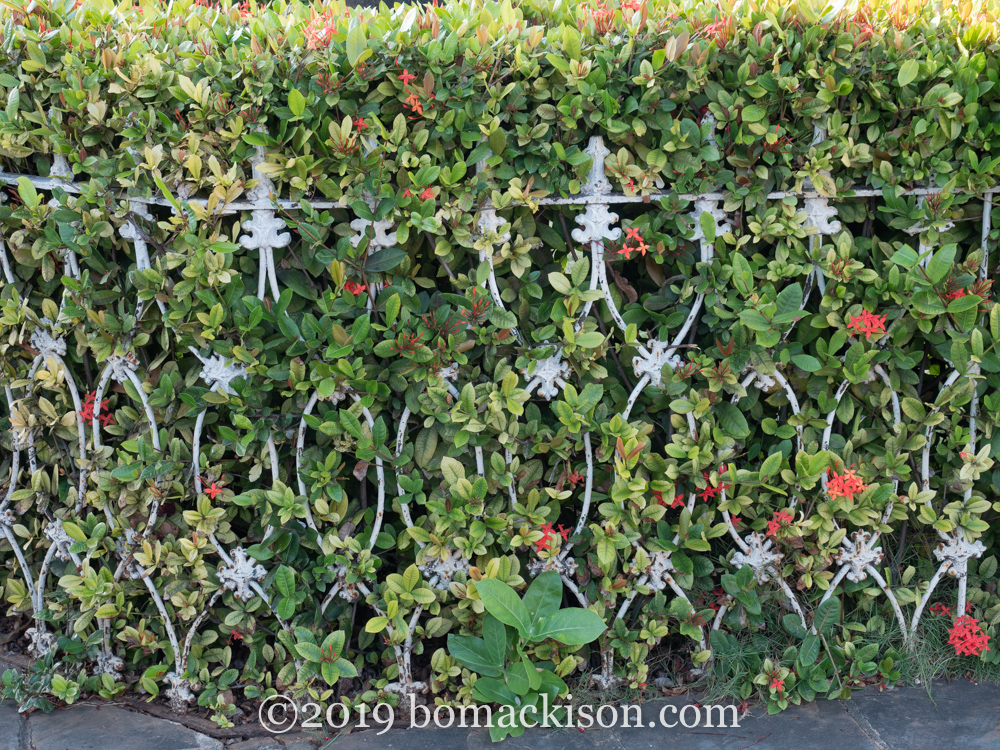
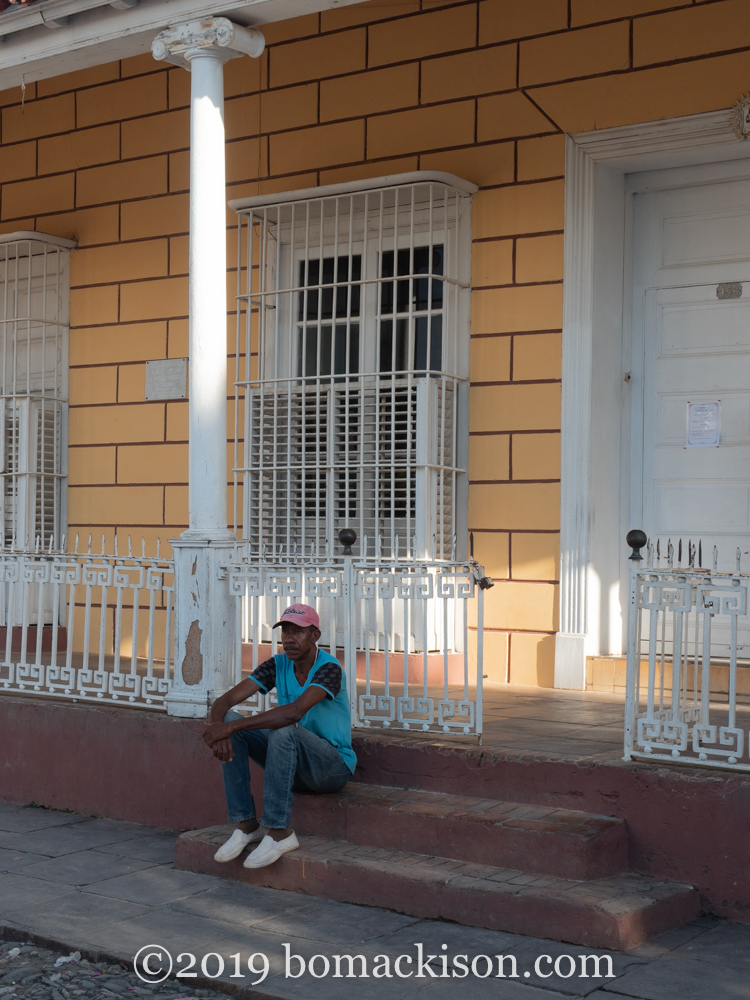
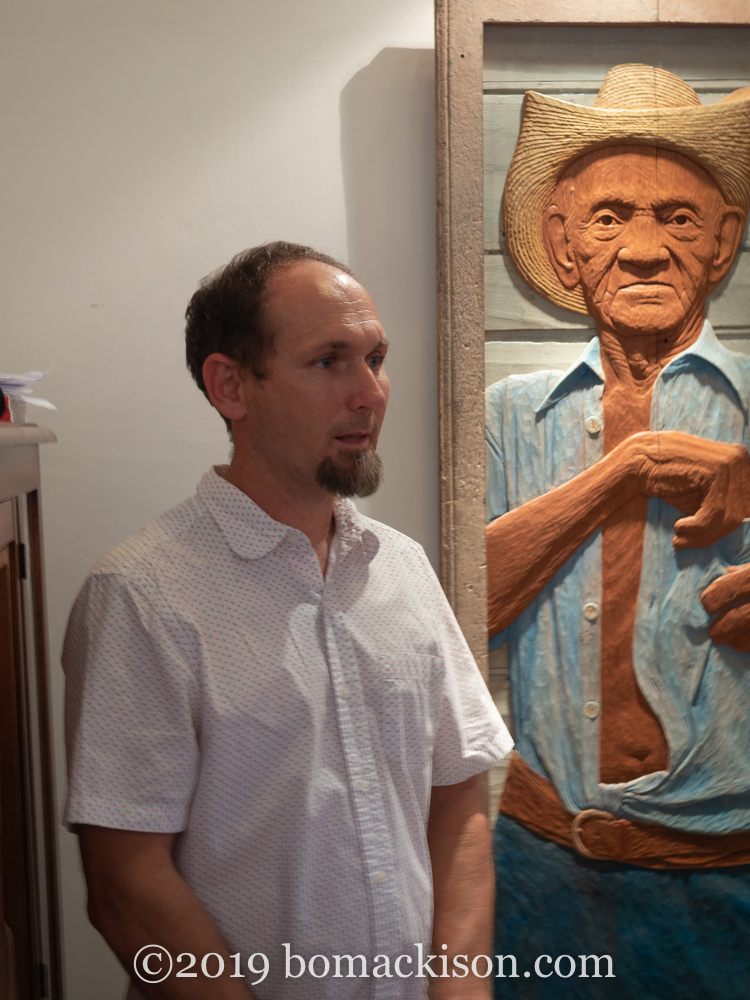
This woodcarver is featured in the 19th-century Palacio Ortiz house on the southeastern side of Plaza Mayor. He carves full-sized portraits from vintage doors he scavenges on the island. Incredible work.






